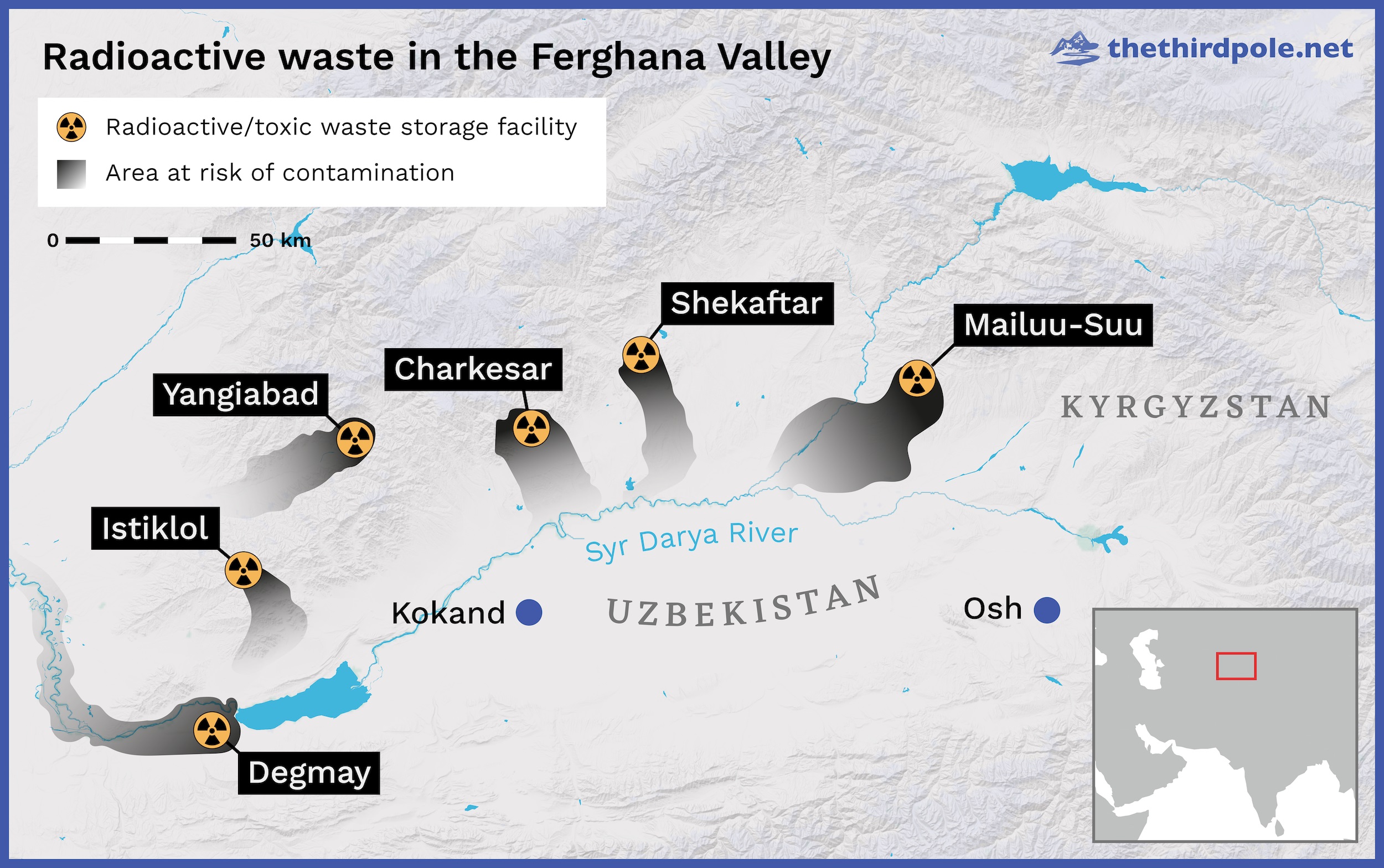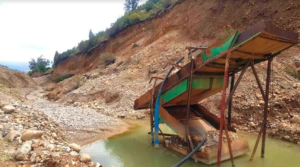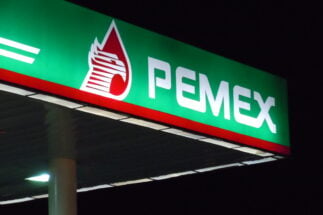The uranium mining town of Mailuu-Suu in southern Kyrgyzstan was once the fountainhead of the Soviet nuclear programme. The mining operation was closed in 1968, having produced over 10,000 tons of uranium since its opening in 1945. During the mine’s operation in 1958, a dam that was supposed to hold back the mine tailings failed. Up to 600,000 tons of hazardous radioactive substances ended up in the Mailuu-Suu River and reached the densely populated Fergana Valley.
The toxic legacy of the uranium mine continues in Kyrgyzstan today, because many residents still have no water source apart from the poisoned river. Birth anomalies were as high as 5% in the 1990s, until the authorities started trucking water to the three worst-affected villages. The rate of anomalies still stands at 2.77%, three times higher than that in Kyrgyzstan’s second-largest city Osh, and cancer rates in the region are the highest in the country. Many residents cannot afford to buy water from the truck drivers. Scientist Rakhmanbek Toichuyev told The Third Pole that typhoid is a huge challenge for communities – a direct result of a lack of clean drinking water.








